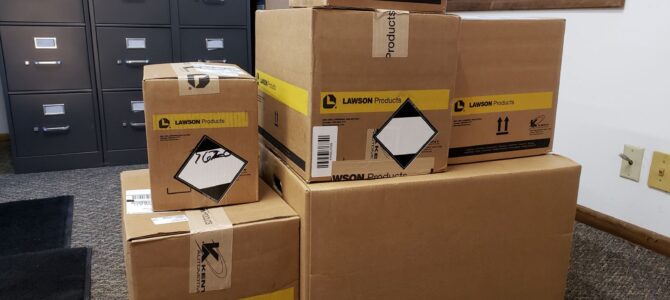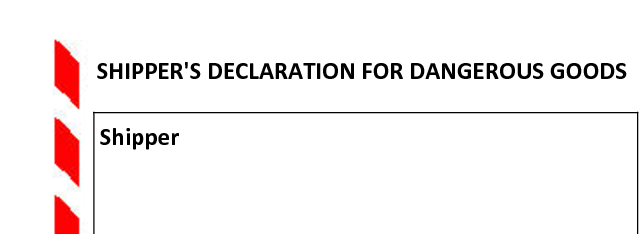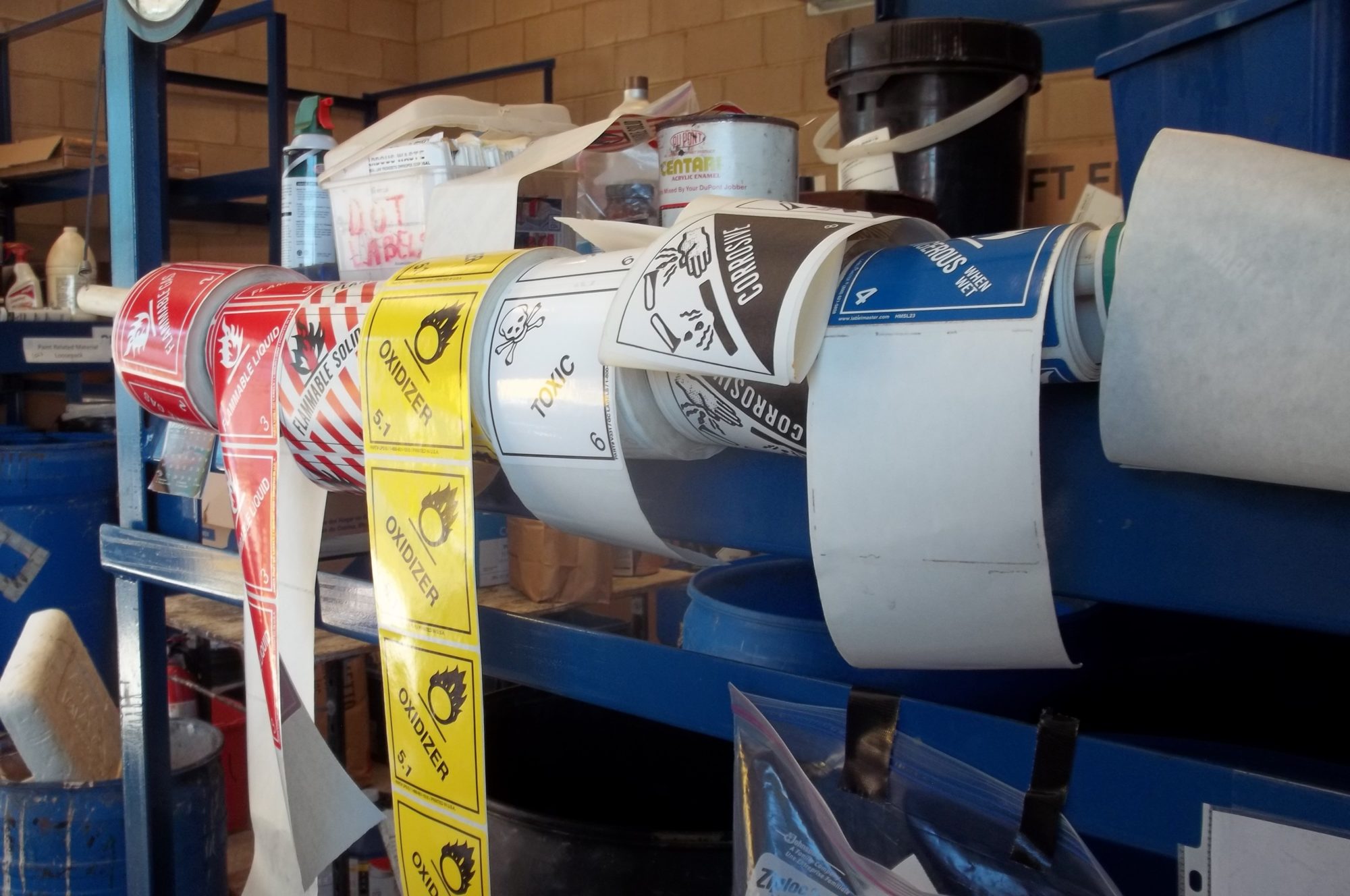I get questions from around the world! Like this one on February 16, 2021: Hello, Let me introduce myself, I am <<Name>> from Belgium. I’m trying to understand the DGR to help a friend who is about to take her…

Proper use of the Cargo Aircraft Only Label
Purpose: The purpose of this article is to explain the use, restrictions, requirements, & limitations for the display of the Cargo Aircraft Only label for the air transport of dangerous goods. Introduction: Perhaps the most unusual in appearance of all…

Q&A: Do I display the HazMat’s identification number on the limited quantity sticker?
Question (11.23.21): Hi Daniel, I saw your video on YouTube and had a couple questions I was hoping you could answer for me. Regarding Limited Quantities, does the UN number get written on the Limited Quantities sticker? Answer (11.23.21): Thank…
Q&A: What are the IATA training certification requirements?
Before we begin… This Q&A is based on the 63rd Edition of the IATA Dangerous Goods Regulations, effective in calendar year 2022. Sent from the Contact Me page of my website: Message Body: I have an on-line shipping training on…

Revised Packing Instructions for Lithium Cells and Batteries – Effective 03.31.22
Introduction: The 63rd Edition of the IATA Dangerous Goods Regulations (effective January 1 through December 31, 2022) includes significant changes to the packing instructions for lithium cells and batteries when packed alone (UN3480 for lithium ion or UN3090 for lithium…

Q&A: What are the requirements for the IATA training certificate?
Before we begin… The Pipeline and Hazardous Materials Safety Administration within the U.S. Department of Transportation (USDOT/PHMSA) creates and enforces the Hazardous Materials Regulations (HMR) for the transportation of hazardous materials (HazMat) to, from, or through the U.S. The Dangerous…

FAQ: What articles or substances do not require a “Shipper’s Declaration for Dangerous Goods”?
Per Section 8 – Documentation of the International Air Transport Association (IATA) Dangerous Goods Regulations, a “Shipper’s Declaration for Dangerous Goods” must be completed by the shipper of each consignment of dangerous goods, except for the following: UN3164, Articles, pressurized,…

IATA Classification of Substances with Multiple Hazards
The Dangerous Goods Regulations of the International Air Transport Association (IATA) is the guide recognized by the world’s airlines to ensure compliance with the Technical Instructions of the International Civil Aviation Organization (ICAO). The transportation of dangerous goods (aka: hazardous…

Q&A: What are the restrictions for transporting ethanol (>70%) from Europe to West Africa?
I get questions from all over the world. Like this one on October 19, 2020: Hi Daniel, I am trying to make sense of all the regulations regarding shipping dangerous goods for my PhD study and ended up on your…
Q&A: Why does the E3 code indicate a dangerous good is not eligible for the De Minimus exception?
Just two days before Christmas 2020 and I’m still getting questions like this: Greetings Mr. Stoehr, I hope this email finds you well and celebrating the holidays. I read the following requirement for shipping de minimis: “If the code isE1,…